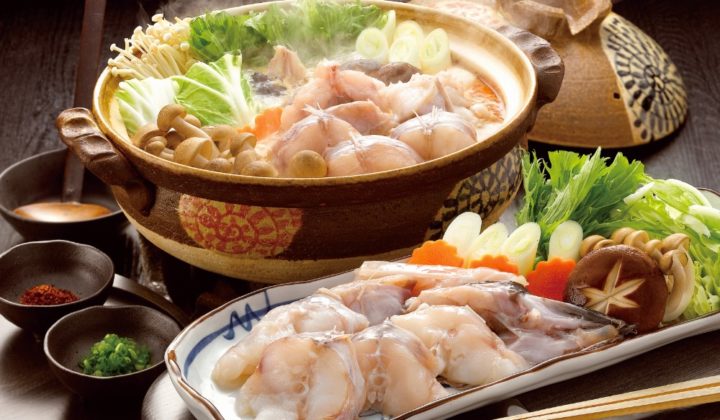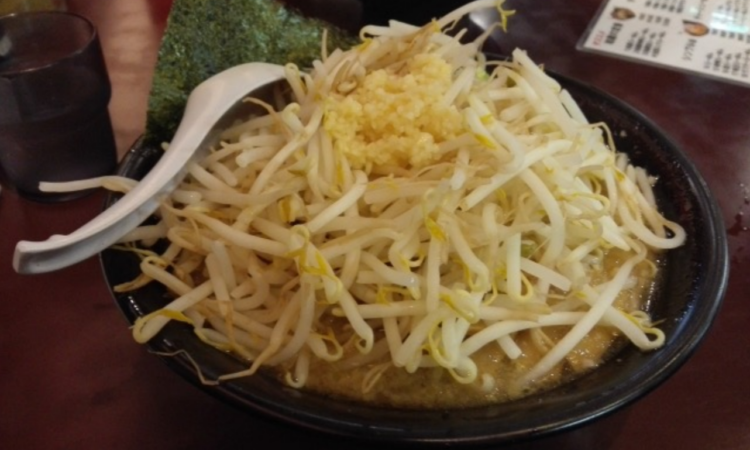Navigating a gluten-free diet in the country can be challenging due to cultural factors and the prevalence of soy sauce and wheat-based ingredients in traditional dishes.
However, with the rise of dietary restrictions and international travel, awareness of gluten-free options has been increasing in recent years.
What Is a “Gluten-Free” Diet?

Image credit: Canva
Gluten is a protein found in wheat and various other grains, serving as a binding agent when mixed with water. Wheat plays a crucial role in staple foods like bread and cakes.
The gluten-free diet involves replacing gluten-containing wheat products with alternatives in daily meals and desserts.
These substitutes encompass a wide range of staple foods such as bread, pasta, noodles, and treats like cookies and cakes. Even condiments like soy sauce and dressings and beverages like beer may contain gluten.
In the United States, gluten-free diets have gained traction, featuring prominently in health magazines and alongside other diets like vegetarianism and raw food, appealing to health-conscious individuals seeking dietary alternatives. But many people turn to gluten-free diets not only to improve health but as an inevitable consequence of celiac disease, which can cause serious digestive issues.
Is Gluten-Free Diet Popular in Japan?
According to a study for serological screening for celiac disease in adults in Japan, only around 0.19% of the Japanese population suffers from celiac disease, which is low compared to Western countries.
According to Vegewel’s 4th Vegetarian, Vegan, and Flexitarian Population Survey of Japan conducted in January 2023, 4.3% of the Japanese population follows a gluten-free diet. This figure has steadily increased over the past five years, from 2.0% in 2017 to 4.5% in 2023. While the percentage remains relatively small, the availability of non-wheat-based products like rice flour and soybean flour is expanding, contributing to the growing popularity of gluten-free diets in Japan.
While Japan may not have a large population of individuals with celiac disease, those with wheat allergies often adopt a gluten-free diet out of necessity. Additionally, there’s a growing awareness of gluten intolerance among individuals who experience mild discomfort or headaches after consuming gluten despite not having celiac disease or a wheat allergy. Given that gluten is linked to various chronic ailments, many have observed improvements in their health and clearer skin upon adopting a gluten-free lifestyle. As a result, gluten-free has gained popularity among those prioritizing food and health consciousness.
Common Japanese Foods and Ingredients That Contain Gluten
While rice is the customary foundation of Japanese meals, gluten remains prevalent in many dishes. The primary culprit is soy sauce, often containing wheat, used extensively in Japanese cuisine. Exercise caution, as soy sauce features prominently in both cooking and dining: all preparations that include soy sauce (broth, sauces, and miso soup), udon and ramen noodles, soba noodles that are not 100% made from buckwheat, okonomiyaki (the batter as well as the sauce contain gluten), barley tea, all type of dumplings.

Image credit: Canva
What Is Safe to Eat?
Safe to eat are rice, sushi and sashimi, plain salmon and pickled plum onigiri (as long as no soy sauce is involved), tofu, yogurt, sweet potatoes, fresh Japanese wagashi sweets (as the packaged ones available in convenience stores, for example, might contain wheat), nihonshu and shochu.
Even in Japan given the rising awareness of the benefits of gluten-free diets, restaurants, cafes, and bakeries catering to the gluten-free population are rising and you can find them throughout the country.
Stay tuned for our guide on gluten-free restaurants and bakeries in Tokyo, for an exciting insight into some of the best gluten-free options in the city.
Useful Resources to Consult in Japan
Luckily, the World Wide Web comes in handy when navigating how to be on a gluten-free diet in Japan.
Google Lens helps scan product labels to have a general understanding of the ingredients and to narrow down choices while at a supermarket or convenience store.
Happycow and Vegewel are two websites catering to the gluten-free, vegetarian, and vegan community in Japan, with an extensive list of restaurants, cafes, bars, and bakeries in Tokyo and all over Japan.
Understanding Gluten-Free Diet in Japan
As Japan’s awareness of gluten-free diets continues to rise, so does the availability of options for those seeking alternatives. While challenges persist, the country’s culinary scene is evolving to accommodate diverse dietary needs. From traditional dishes to modern twists, exploring gluten-free options in Japan offers a journey of discovery and culinary delight for locals and visitors alike. Embrace the adventure and savor the flavors of gluten-free Japan.
Related Articles:
- Exploring the Culinary World of Tokyo Gluten-Free Restaurants
- A Quick Guide to Different Types of Tofu
- Enjoying Japan With Dietary Restrictions and Food Allergies
- The Best Organic Supermarket in The Greater Tokyo Area
Featured Image credit: Canva






